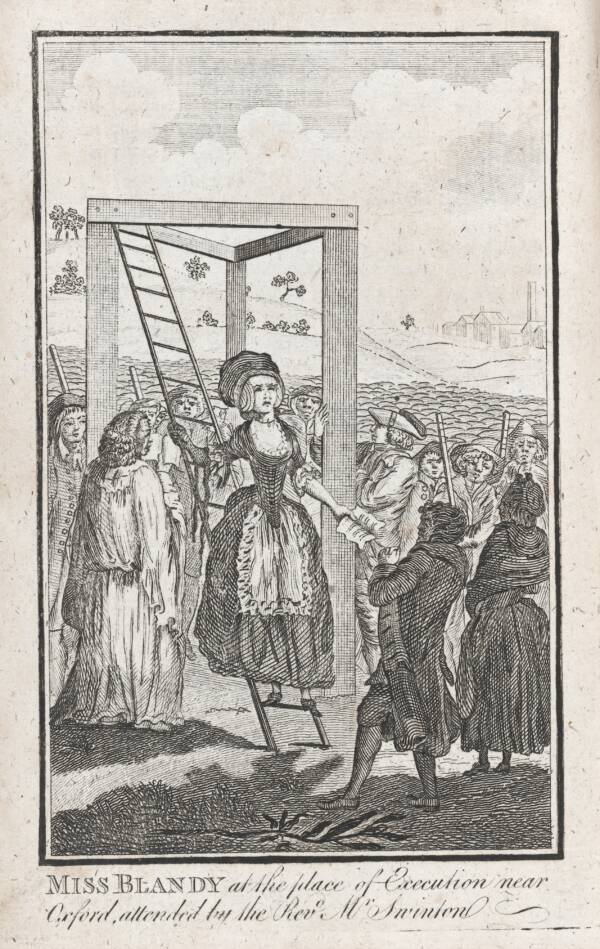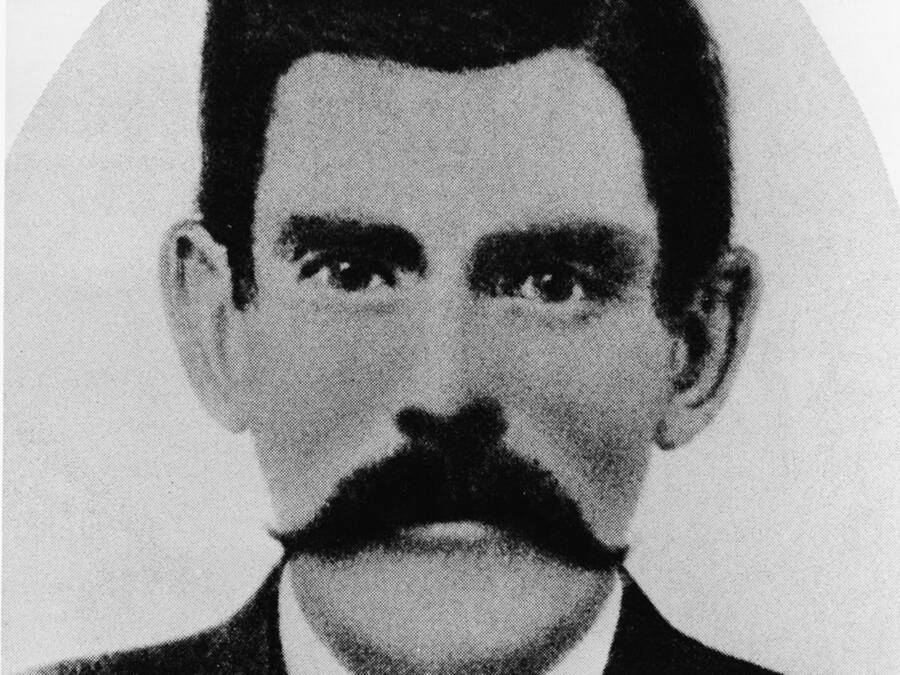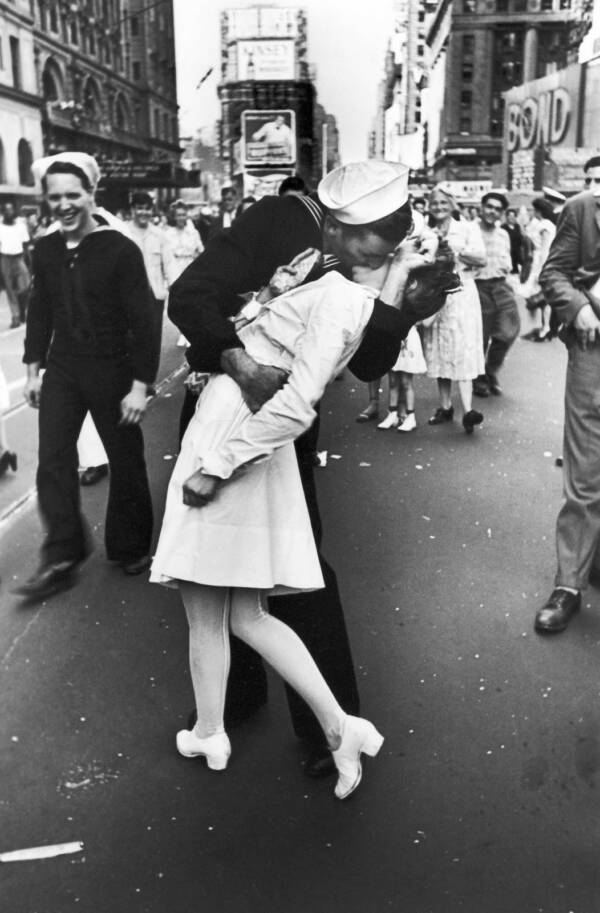What happened on this day in history: Doc Holliday is born in 1851, World War II comes to an end in 1945, and other momentous events from August 14th.
1751: Mary Blandy Poisons Her Father

Wellcome Library, LondonA depiction of Mary Blandy’s execution.
Francis Blandy of Henley-on-Thames, England, falls into a coma and dies after his daughter Mary poisons him with arsenic. Francis had disapproved of Mary’s relationship with William Cranstoun, a married man from Scotland, and Mary claimed that she believed the arsenic was a love potion that would change her father’s mind. She was found guilty of patricide and hanged for murder in 1752.
1851: Russians Settle Alaska
Russian explorer Grigory Shelekhov finds Russia’s first permanent settlement in Alaska at Three Saints Bay.
1851: Doc Holliday Is Born

Wikimedia CommonsDoc Holliday in Tombstone, Arizona circa 1882.
Doc Holliday, American gambler and gunfighter, is born John Henry Holliday in Griffin, Georgia. Holliday is known for his close friendship with U.S. Marshal Wyatt Earp, whom he assisted during the infamous shootout at the O.K. Corral between in the Arizona city of Tombstone in 1881.
Previously, Holliday had worked as a dentist in Georgia before he was diagnosed with tuberculosis and moved out West in hopes that the drier climate would help his symptoms. However, just six years after the O.K. Corral gunfight, Holliday died of tuberculosis in Colorado.
1880: Construction Is Completed On The Cologne Cathedral
After more than 600 years of construction, Germany’s Cologne Cathedral is finally completed. The 515-foot building is the tallest twin-spired church in the world as well as the largest Gothic church in Northern Europe.
Construction originally began in 1248, and work proceeded intermittently until the 16th century, when it stopped altogether. A large medieval crane marked the Cologne skyline for 400 years as the building sat unfinished. But in the 1800s, the original plan for the church’s façade was discovered, and construction finally resumed in 1842.
1900: The Boxer Rebellion Is Crushed
European, American, and Japanese forces seize Beijing to crush the Boxer Rebellion. The Boxer Rebellion was an anti-foreigner rebellion fought by the “boxers,” or Chinese villagers, many of whom had martial arts experience. At the time, Western missionaries were prevalent in China, spreading Christianity. China had lost the Sino-Japanese War five years earlier, and ordinary Chinese people worried that foreign interference would eventually take over the Qing government.
The Boxers started their rebellion by attacking missionaries across the country. The Chinese government’s inability to control the Boxers led to direct foreign military intervention. In total, up to 300,000 Boxers fought against up to 225,000 European, American, and Japanese forces. The conflict ended in the Boxer’s defeat and led to the severe weakening of the Chinese government.
1945: World War II Comes To An End

Public DomainThe iconic “V-J Day in Times Square” photo captured by Alfred Eisenstaedt.
Following the atomic bombings of Hiroshima and Nagasaki, Japan announces its unconditional surrender to the Allies. Celebrated as V-J Day, or Victory over Japan Day, the surrender brought an end to World War II.
The six-year war between the Axis powers of Germany, Italy, and Japan and the Allied powers of France, Great Britain, the United States, and the Soviet Union resulted in an at least 50 million deaths, making it the bloodiest conflict in world history.



